By Tara Mae
After a 3 year absence, Local Color returns to Gallery North, a proclamation of the connection between art, artist, and community. On view from Aug. 19 to Sept. 26, the exhibit is presented in conjunction with the North Shore Artists Coalition and includes a reception and Open Studio Tour.
The beautiful show features artists whose work is both universal and local in impact, meaning, and appeal.
“[Executive Director] Ned Puchner and I decided to bring Local Color back this year and re-envision it to show through these artists what local culture is about. The exhibit is defining the role artists play in shaping identity of community and showing diversity of how artists define community: creating culture, creating beautiful and impactful work, adding to the identity through their outreach, etc,” said curator Kate Schwarting.
The show’s art is as varied as its interpretation of theme, featuring oil and acrylic paintings, photography, sculptures, and digital renderings. Thirty artists, from St. James to Mount Sinai, will be featured including Kelynn Alder, Arts.codes (Margaret Schedel and Melissa Clarke), Fred Badalamenti, Joan Branca, Sheila Breck, Pam Brown, Nancy Bueti-Randall, Sue Contessa, Micheal Drakopoulos, Paul Edelson, Peter Galasso, Han Qin, LoVid, Flo Kemp, Karen Kemp, Jim Lecky, Jim Molloy, Carlos Morales, Patricia Morrison, Patricia Paladines, Mel Pekarsky, Alicia R. Peterson, Doug Reina, Joseph Rotella, Angela Stratton, Mary Jane van Zeijts, Lorraine Walsh, Annmarie Waugh, Marlene Weinstein, and Christian White.
“What is so special about this exhibition is that each artist brings a different thing to the exhibition,” explained Schwarting. “A plein air painter captures the essence of a familiar location and allows us to see it in different light; someone else [deals] with a scientific topic that is so difficult to comprehend, but creates art that enables us to know through physical form and visual cues.”
Several of the participants are also activists who champion social, technological, and environmental awareness and change through their art.
According to Schwarting, a number of the artists were recruited through the gallery’s association with the North Shore Artists Coalition, while others were invited by her and Puchner.
Pam Brown, a sculptor who lives in Stony Brook and co-founder of the coalition, helped facilitate the partnership between the group and the gallery. Her piece, Armour, is a sculpture fabricated out of sheet metal, wire, boar bristles, and vinyl. Brown’s efforts in facilitating the relationship between Gallery North and the North Shore Artists Coalition reflect the connection she sees between art and community outreach.
“Community engagement creates an opportunity for the arts and artists to be seen by their communities — it initiates new ways for the public and artists to build connections between different groups. It brings together communities so they can articulate their own history and culture and to acknowledge that art is taking place in a larger context,” she said.
For artist Doug Reina of Stony Brook, who has exhibited at Gallery North in the past, showing his work in Local Color is reconnecting with a “fun, summertime tradition.”
“My work is about sharing the interesting, touching, emotional, funny, beautiful, sad human things that mean something to me with the viewer,” said Reina. His oil painting, titled Boys Night Out, depicts 4 teenage boys sneaking out of the house on a summer night. “The painting is based on real life experiences we had when our son was that age,” he explained.
Interpersonal connection is a recurring subject of the show’s art. This focus extends outward into explorations of our interactions with and responsibility to the world-at-large.
Han Qin of St. James will be entering her cyanotype on paper, White Goddess, which incorporates digital photo editing, drawing, and papermaking. It was inspired by two poems: “The White Goddess” by Robert Graves and “Quiet Night Thoughts” by Li Bai.
“I started the White Goddess series during my pregnancy and have been developing it until now. Poetry and life experience are the main inspirations. The idea behind the artwork becomes a shared experience that brings people together,” she said.
“We as a people have a long continuous personal storyline. Artwork is the moment on the storyline. My moment connects with others’ moments in their individual storylines; thus, a web of emotional connections builds up. That is a community, too,” said Qin.
Such cultural connections are enhanced through community involvement. In this spirit, exhibiting artists of Local Color will also be featured in an Open Studio Tour hosted by the North Shore Artists Coalition and Gallery North on Sept. 25 and 26, from 11 a.m. to 6 p.m. each day.
“With one piece from each of the selected artists in the exhibit itself, the Open Studio Tour allows for an expanded view of the individual artists,” said Schwarting.
Gallery North, 90 North Coutry Road, Setauket presents Local Color from Aug. 19 to Sept. 26. Join the artists for an opening reception tonight, August 19, from 6 to 8 p.m. The gallery is open Wednesday to Saturday from 11 a.m. to 5 p.m. and Sunday from 1 to 5 p.m. For more information, call 631-751-2676 or visit www.gallerynorth.org.

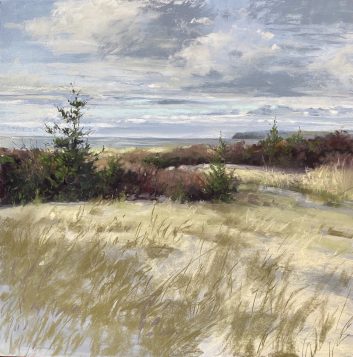
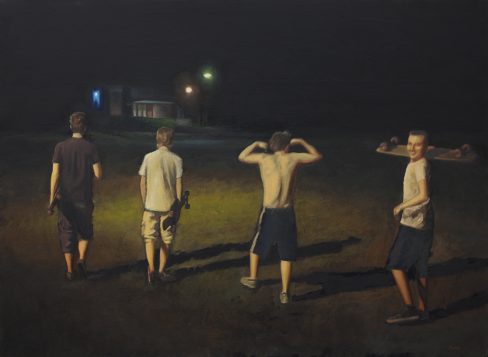
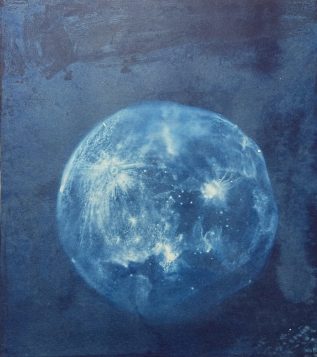
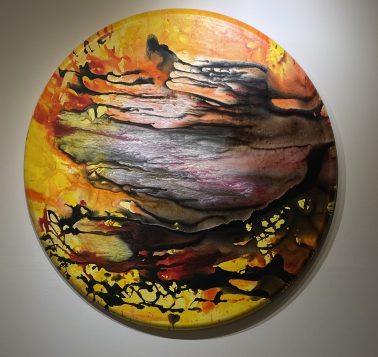
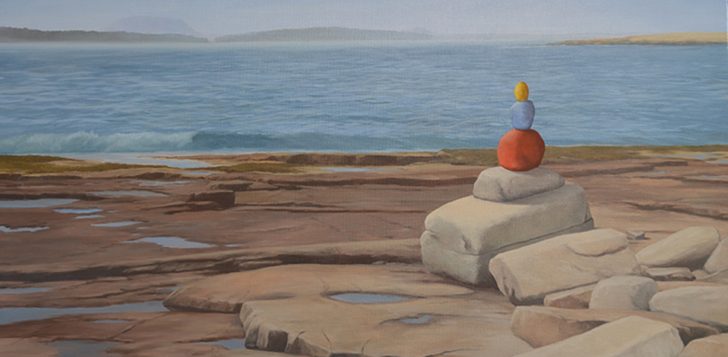
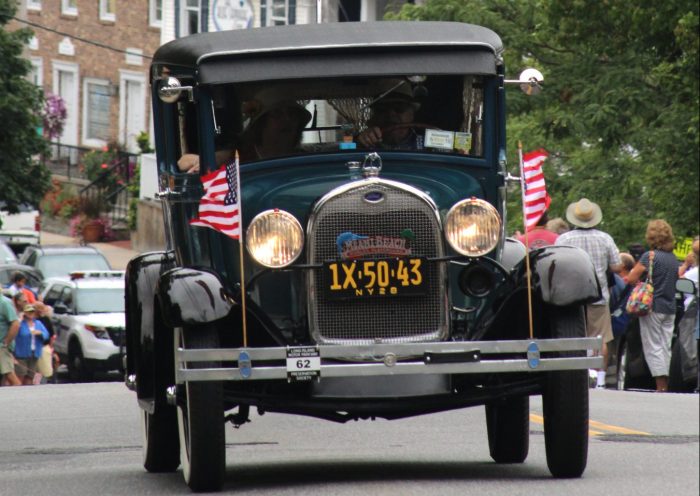

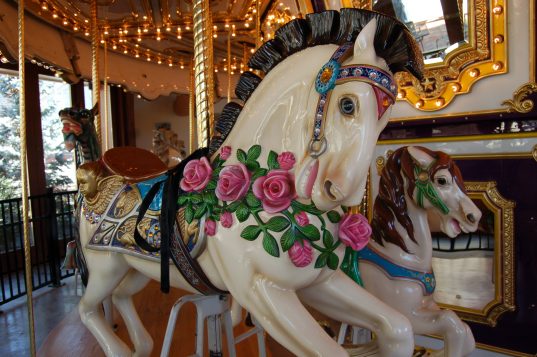

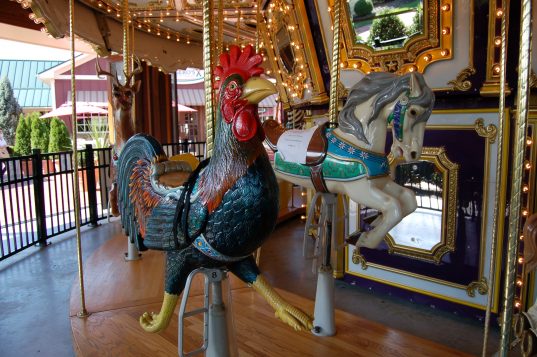
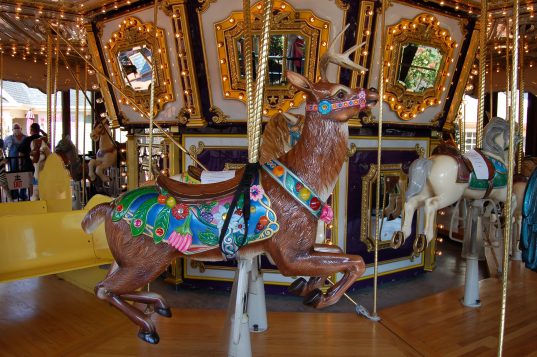
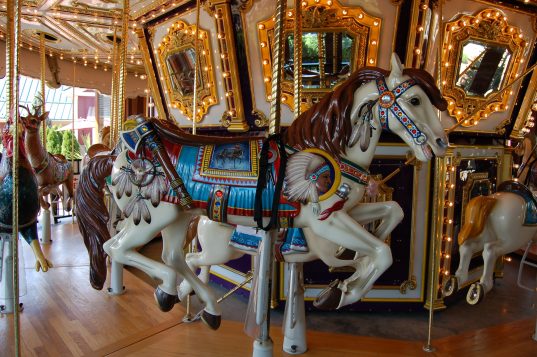
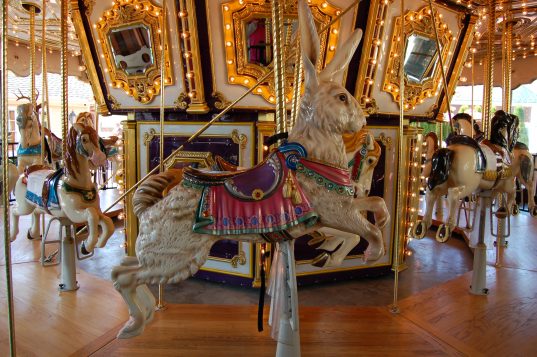
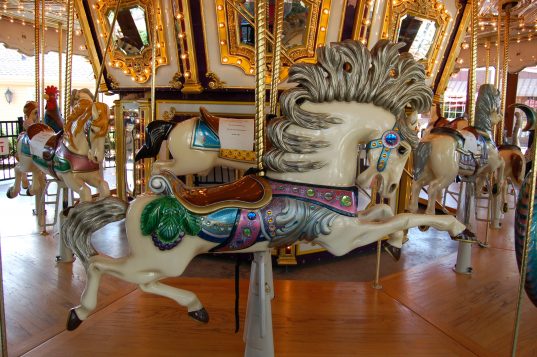
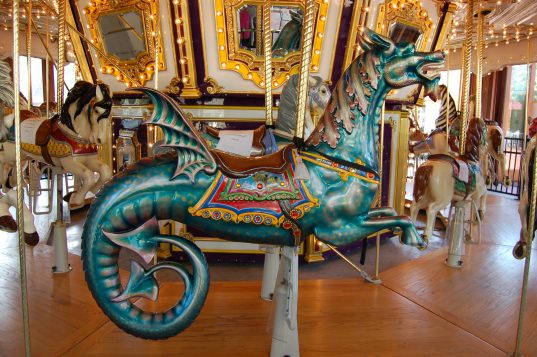
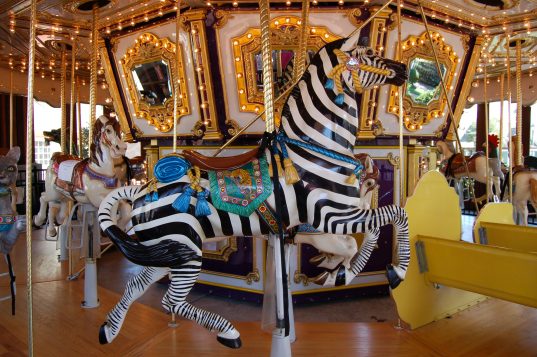
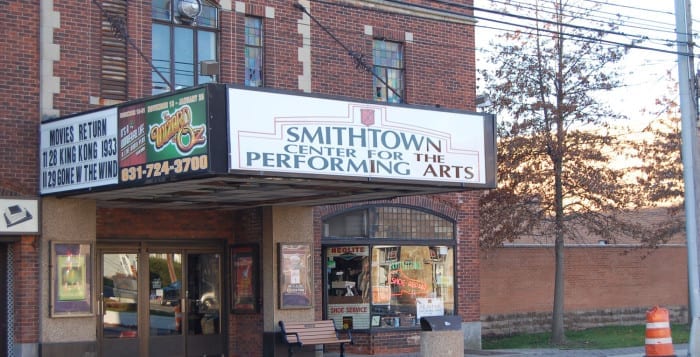
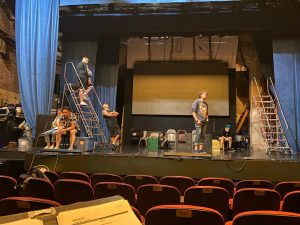
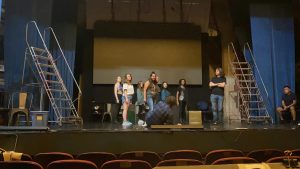
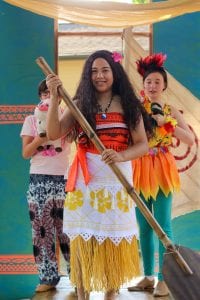
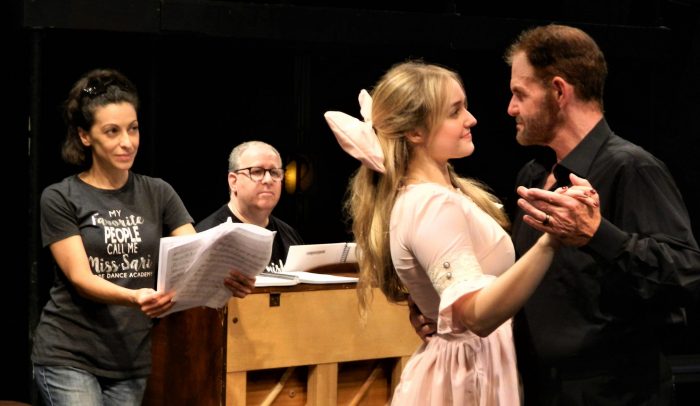
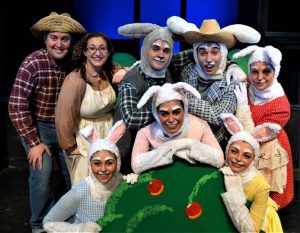

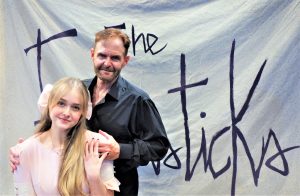
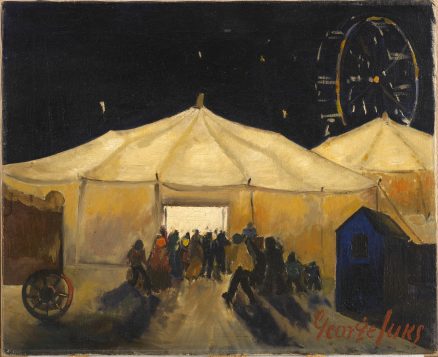
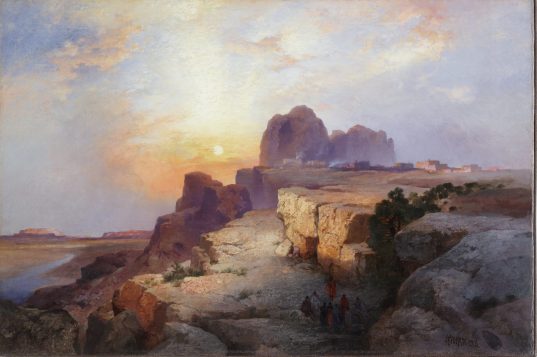
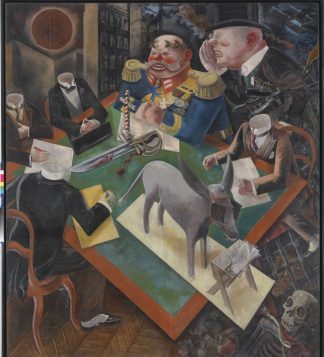
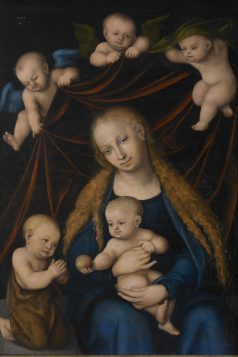
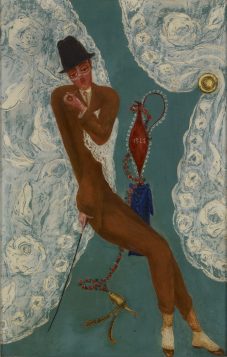
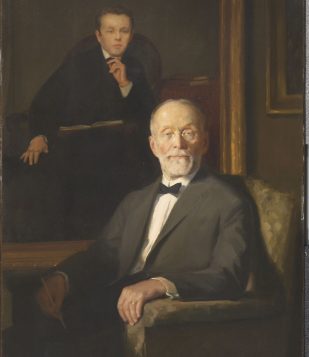
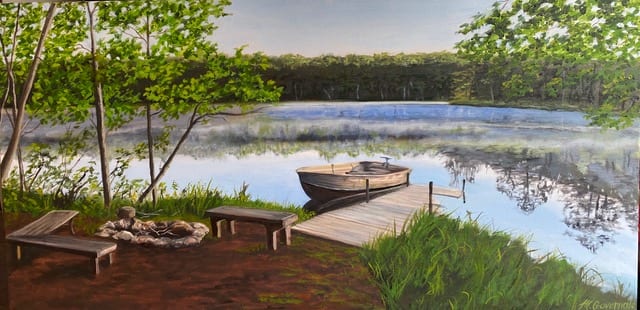
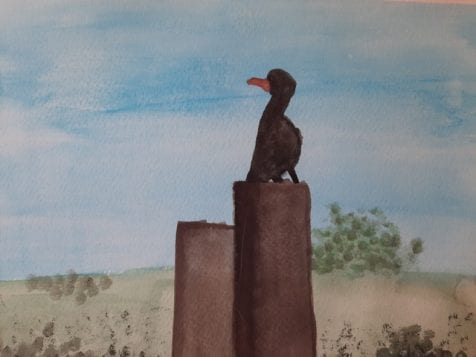


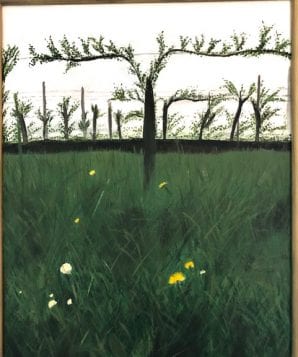
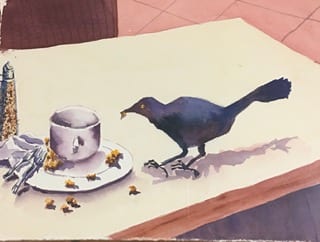
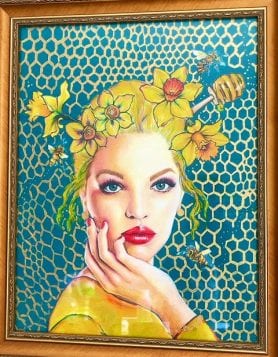
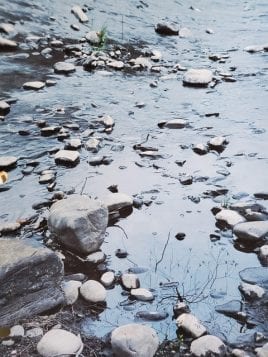
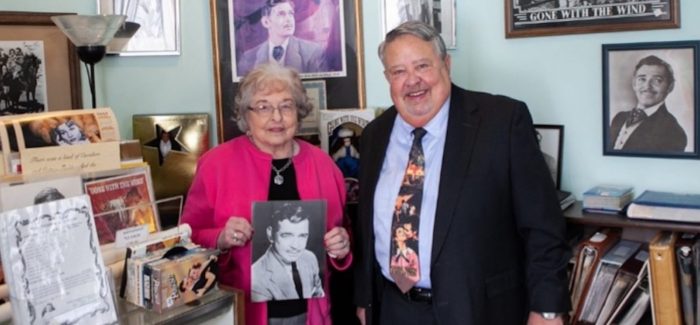
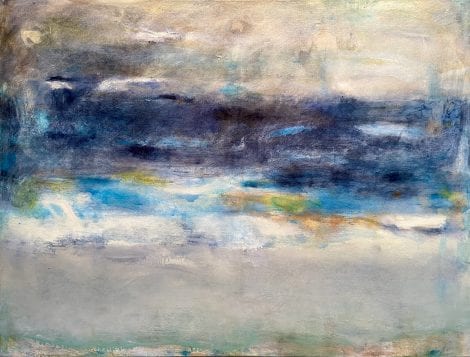
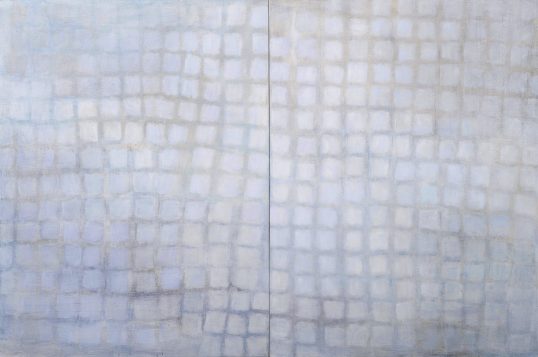
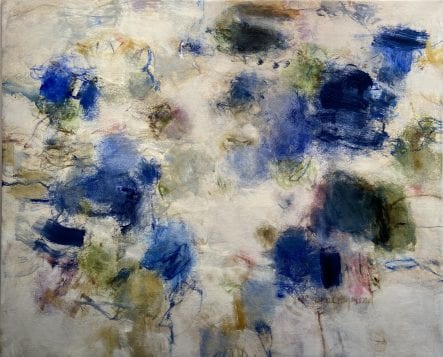
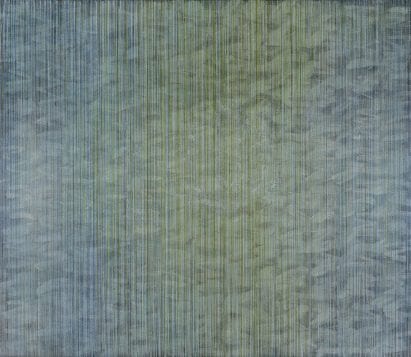
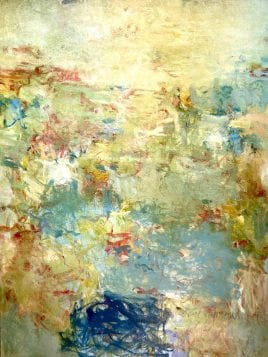
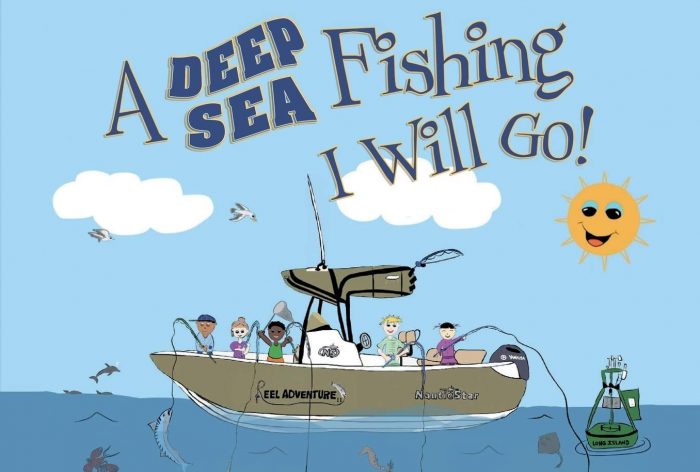
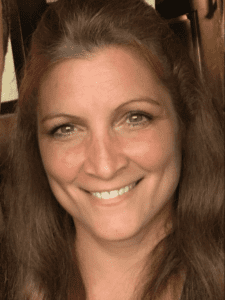
 Where do you get your inspiration?
Where do you get your inspiration?


